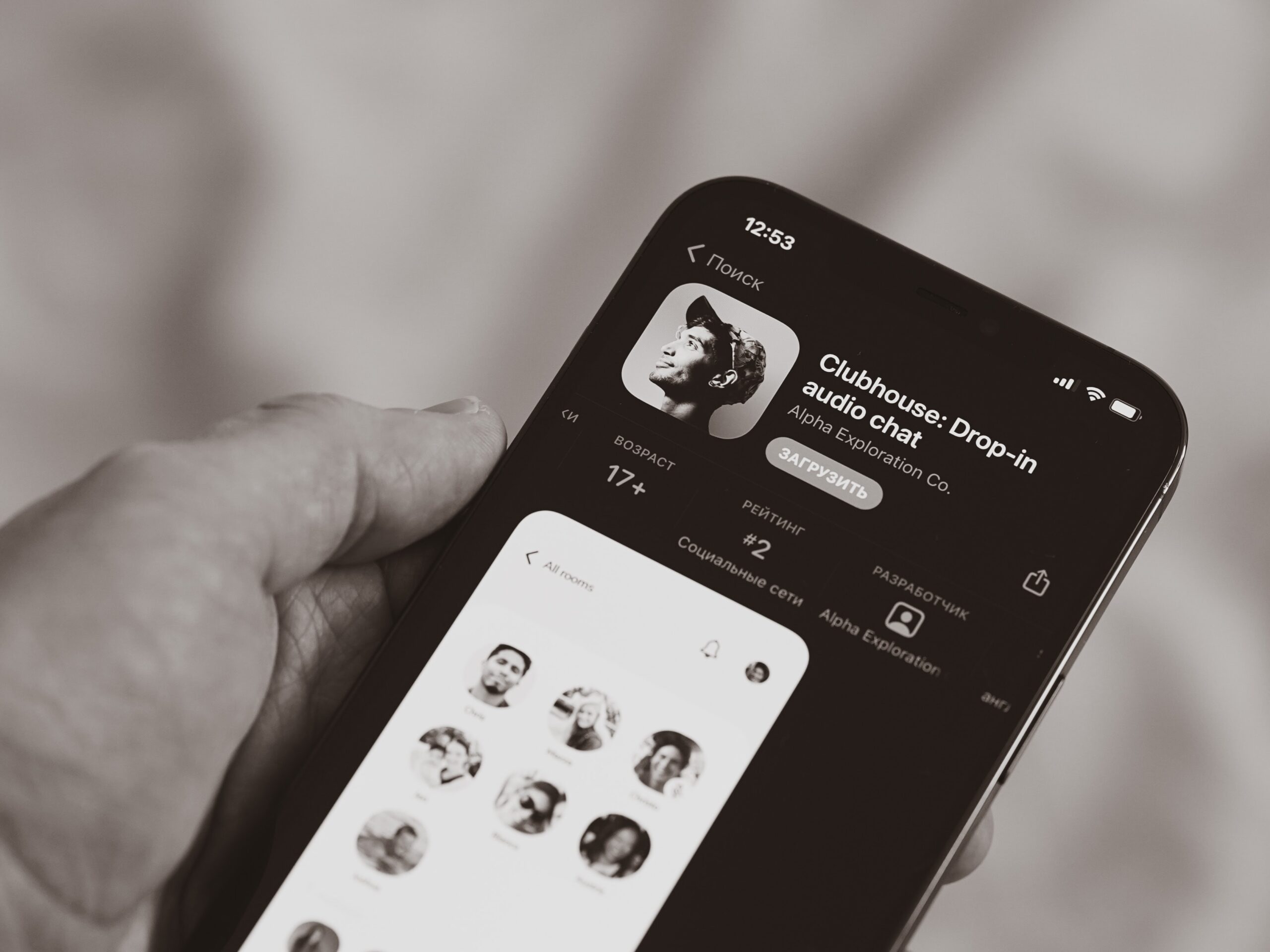If you haven’t spent time on Clubhouse yet, you either didn’t get an invite yet (abundant now, so ask around), are on Android, or understandably chose not to believe the hype.
The new social media kid on the block has seen plenty of long-form analysis, especially considering it’s such a simple app (highly recommended reading: Clubhouse’s Inevitability by Ben Thompson). Its success can be explained by a simple dynamic too.
Clubhouse = podcasts + proximity
The audio part of the app is popular for many of the same reasons that podcasts are popular as a type of on-demand talk radio. They’re informative, entertaining, and people derive comfort from the connection they have with the podcast hosts & guests – or just hearing their voices.
Clubhouse adds a sense of proximity to the podcast effect. Instead of the distant creator-listener relation, listeners are on a more equal footing. Even if Clubhouse has concepts of session hosts, a stage and an audience, at least you’re in the same room. You can directly follow people. You can raise your hand to speak to them. You can connect to them afterwards.
The dynamic feels similar to the early days of Twitter. Suddenly you could use 140 characters to reach out to the world’s top thinkers and artists who had already signed up to the service (an early adopter of both platforms is deadmau5). You’d usually get a reply and sometimes even a follow. It was significantly easier to build up a following in those early days and by having an following early on, you’d automatically grow your following as the platform went through its growth phase and people looked for interesting people to follow.
While FOMO may be the reason why people flock to Clubhouse, proximity is the glue that makes the experience sticky.
👋 You can find me on Twitter and Clubhouse as @basgras.
❤ If you’re on the MUSIC x Patreon, give me a ping. I have a couple of Clubhouse invites to give away and I’d love to have more of the community on there.
👀 Recommended reading: I wrote about the benefits I reaped from being an early adopter of SoundCloud (@bas).
Photo by Dmitry Mashkin on Unsplash


